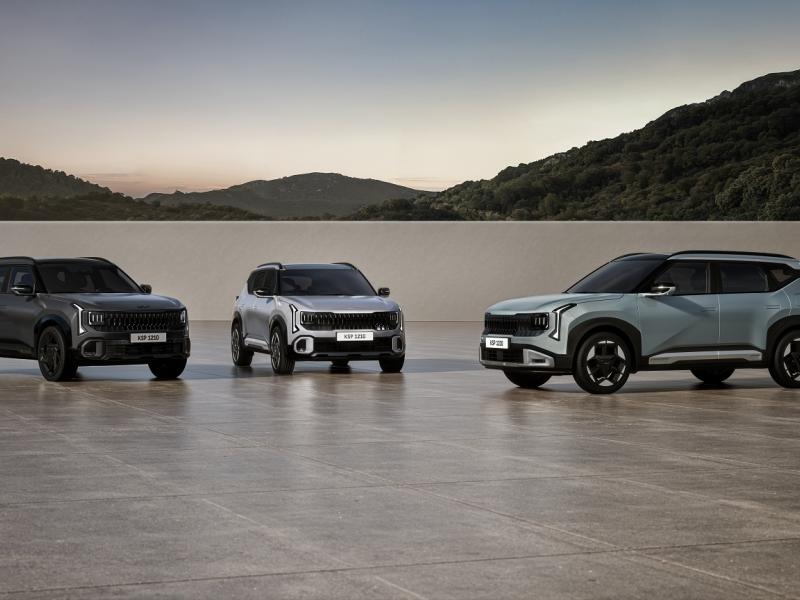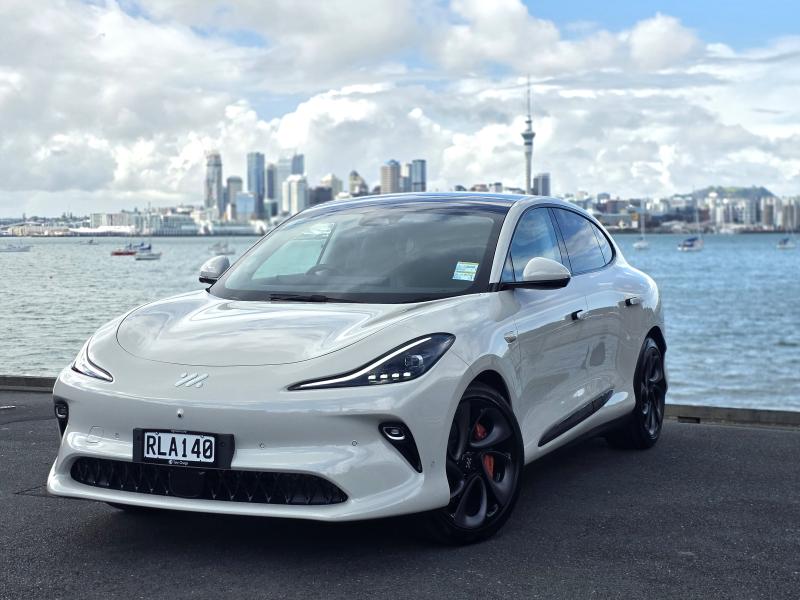Mazda has broken new ground in engine development, solving a riddle many have attempted in the past: how to get an engine to deliver the refinement and free revving nature of a petrol with the efficiency and torque of a diesel engine to achieve better fuel performance.
It’s called SkyActiv X.
SkyActiv is an all-encompassing raft of technologies making up every aspect of the vehicle. It is inherent in the engine, transmission, body and chassis of contemporary Mazdas, but it goes a little beyond that, creating more than the sum of its parts.
SkyActiv technology also embraces something bordering on the intangible, the concept of Jinba
Ittae (the rider and horse as one) where the car is an extension of the driver.
So, is Mazda launching a brand-new vehicle? Not quite. What we are likely to see very soon however is a raft of revitalised Mazda models and the SkyActiv X engine is likely to be a prominent feature.
You’ll likely be hearing a lot about SkyActiv X in the future, so here’s what you need to know:
SkyActiv X’s core principle is Spark Controlled Compression Ignition (SPCCI) which has at its heart a set of spark plugs which are sometimes on and sometimes off, depending on what the engine is being asked to do, in a variety of temperatures and operating conditions.
The goal is to have the engine deliver strong torque levels throughout the whole rev range with a measured reduction in fuel consumption. Mazda engineers claim 15 percent more power and between 20 and 30 percent fuel reduction against an equivalent petrol engine.
To clarify a very basic point, the SkyActiv X engine runs on petrol and a constantly operating set of conventional spark plugs.
A diesel engine, by contrast, has no sparkplugs and realises combustion through massive amounts of compression of the fuel vapour and hot air.
The advantages of the diesel engine come about because the combustion of the fuel and air comes at the time when the cylinder is furthest away from the spark, maximising efficiency of the cylinder’s full range of motion.
Mazda has coupled the easy start and smooth running of the petrol engine using spark plug ignition with diesel-like compression to run that engine economically and with more grunt.
The engine will then continue to operate using the most efficient method it determines, switching between SPCCI and conventional modes seamlessly. In fact, the shifts are only detectable via the in-car fuel efficiency monitor on the main human/vehicle interface screen.
There is one more element. As the diesel requires considerably more air to operate than does a conventional petrol engine, Mazda has had to find a way to get more air into the engine.
There is an easy way to do this and – like all other elements that make up the SkyActiv X engine – it is time proven technology which has been used successfully throughout the development of the internal combustion engine – in this case, it is a supercharger.
Superchargers are typically used to increase power to an engine by safely introducing more air into the combustion chambers.
The SkyActiv X engine uses the supercharger to maintain an ultra-lean fuel air mixture at high RPMs and is an excellent example of the ‘simple’ nature of the elements making up the ‘complex’ SkyActiv X puzzle.
An educated guess suggests the medium-sized CX-5 will soon adopt SkyActiv X engines, and Mazda NZ has hinted its big SUV, the CX-9, may be a SkyActiv X recipient in the future.
For now, SkyActiv X is currently available in two displacements, the two-litre and the 2.5-litre and the engine appears in the Mazda 3 and the very latest Mazda CX-30.






